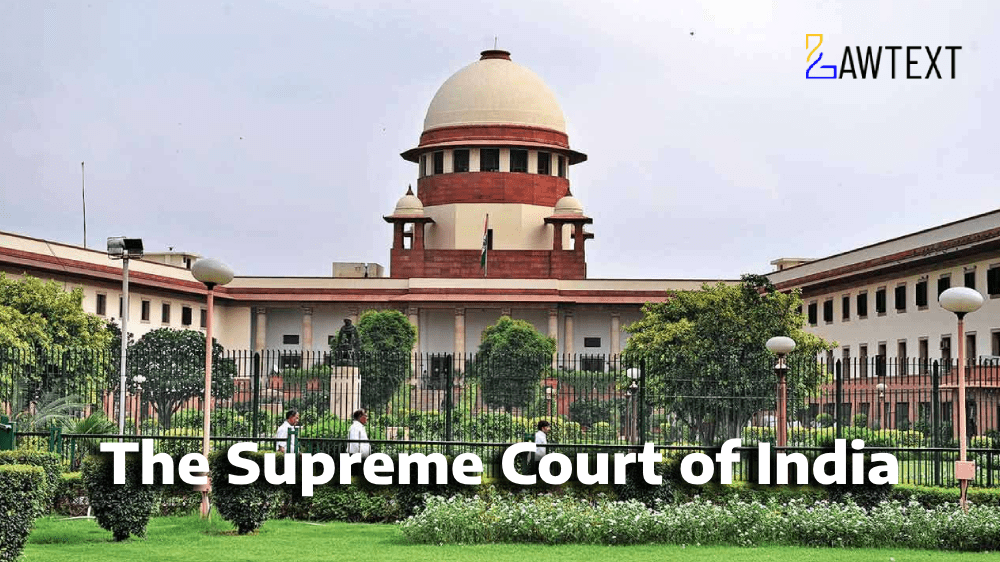

An appeal against the convictions under Sections 302, 120B, and 201 of the Indian Penal Code (IPC), related to the murder of Dharmendra Satnami. The Supreme Court set aside the High Court's judgment, acquitting the accused due to the failure of the prosecution to establish a chain of evidence beyond reasonable doubt.
The prosecution relied on the accused's memorandum statements, arguing that Dinesh Chandrakar (accused No. 3) had conspired with the other accused to murder Dharmendra for ₹90,000. The deceased was lured and strangled by the accused, who then disposed of the body in a pond. The charge sheet was filed, and the accused were tried for murder, conspiracy, and destruction of evidence.
The Supreme Court emphasized the principle that circumstantial evidence must form an unbroken chain leading only to the guilt of the accused. In this case, the prosecution's reliance on memorandum statements under Section 27 of the Evidence Act failed, as the discovery of the dead body was known before the accused's statements. Thus, the convictions could not be upheld based on suspicion or incomplete evidence.
Acquittal due to failure to prove circumstantial evidence in a murder case.
Criminal Law, Murder, Acquittal, Indian Penal Code, Evidence Act, Supreme Court Judgment, Circumstantial Evidence.
Citation: 2024 LawText (SC) (4) 109
Case Number: CRIMINAL APPEAL NO. 3869 OF 2023 WITH CRIMINAL APPEAL NO. 2740 OF 2023 CRIMINAL APPEAL NO. OF 2024 [Arising out of SLP (Criminal) No. 837 of 2024] CRIMINAL APPEAL NO. OF 2024 [Arising out of SLP (Criminal) No. 1174 of 2024]
Date of Decision: 2024-04-10
Case Title: Ravishankar Tandon Versus State Of Chhattisgarh
Before Judge: (B.R. Gavai, J ; Sandeep Mehta, J)
Advocate(s): Manish Kumar Saran, Ananya Tyagi, Chandrika Prasad Mishra, Nishi Prabha Singh, U.N. Mishra, Swati Surbhi, Prashasti Singh, Neha Ahlawat, Aswathi M.k., Chandrika Prasad Mishra, Prashant Kumar Umrao, Nishi Prabha Singh, Prashasti Singh, Swati Surbhi, V. Ramasubbu, Mahesh Kumar Tiwari, Praneet Pranav, Prashant Singh, Mrs. Prerna Dhall, Piyush Yadav, Harshvardhan Mall Vishen
Appellant: Ravishankar Tandon
Respondent: State Of Chhattisgarh